The tradition of making Laba congee, a hearty porridge enjoyed during the Laba Festival, involves a variety of ingredients, with beans playing a starring role. However, preparing dried beans can be time-consuming and energy-intensive, often requiring prolonged soaking and cooking. For those looking to save both time and energy, understanding the best methods for soaking beans can make the process more efficient without compromising the dish’s rich, comforting flavors.
Soaking beans before cooking is a crucial step that not only reduces cooking time but also enhances their texture and digestibility. When beans are soaked, they absorb water, which softens their tough outer skins and rehydrates the starches inside. This pre-hydration allows the beans to cook more evenly and quickly, significantly cutting down on the energy needed to simmer them to perfection. For Laba congee, where multiple ingredients are combined, ensuring the beans are properly prepared can streamline the entire cooking process.
One effective method for soaking beans is the overnight soak. Simply placing the beans in a large bowl with enough cold water to cover them by several inches and leaving them at room temperature for 8–12 hours does the trick. This slow, passive rehydration requires no additional energy and yields beans that are plump and ready for cooking. For those who forget to plan ahead, a quick-soak method can be employed: boiling the beans for a few minutes, then letting them sit off the heat for an hour. While this uses some energy upfront, it still reduces total cooking time compared to unsoaked beans.
The choice of water temperature can also influence soaking efficiency. Cold water is generally preferred, as it allows for gradual hydration without prematurely activating enzymes that might lead to undesired fermentation. However, in colder climates or during winter months, using lukewarm water can slightly speed up the process without the risks associated with hot water, which can sometimes cause the beans to cook unevenly or lose their structural integrity.
Another often-overlooked factor is the ratio of water to beans during soaking. Too little water can result in uneven hydration, while too much can dilute the beans’ natural flavors. A good rule of thumb is to use three to four times the volume of water relative to the beans. This ensures ample space for expansion as the beans absorb moisture. Stirring the beans occasionally during soaking can also help distribute the water evenly, particularly for larger varieties like kidney beans or chickpeas.
For those who frequently prepare Laba congee or other bean-based dishes, batch soaking can be a game-changer. Soaking a large quantity of beans at once and then freezing portions for later use saves time and energy in the long run. Once soaked, the beans can be drained, patted dry, and stored in airtight containers or freezer bags. When needed, they can be added directly to the congee or other recipes, bypassing the soaking step altogether. This approach is especially useful for busy households or those who cook in bulk.
The type of bean used in Laba congee can also affect soaking times. Smaller beans like mung beans or adzuki beans require less soaking time—typically 4–6 hours—while larger beans such as black beans or soybeans benefit from a full overnight soak. Mixing different bean varieties in a single soak is possible, but it’s best to group them by size to ensure uniform hydration. For a well-balanced congee, paying attention to these small details can make a noticeable difference in the final dish.
Beyond energy savings, proper soaking can improve the nutritional profile of the beans. Soaking helps reduce anti-nutrients like phytic acid, which can inhibit the absorption of minerals such as iron and zinc. By neutralizing these compounds, soaked beans become not only easier to cook but also more nutritious. Adding a pinch of salt or a splash of vinegar to the soaking water can further enhance this effect, though it’s important not to overdo it, as excessive acidity or saltiness can alter the beans’ taste.
In the context of Laba congee, where beans are combined with grains, nuts, and dried fruits, the harmony of textures is key. Well-soaked beans contribute a creamy consistency that blends seamlessly with the chewy grains and crunchy nuts. Undersoaked beans, on the other hand, can remain unpleasantly firm, disrupting the porridge’s comforting mouthfeel. Taking the time to soak beans properly ensures that every spoonful of congee is a delight, with each ingredient shining in its own right.
Environmental considerations also come into play when discussing energy-efficient bean preparation. By reducing cooking times, proper soaking lowers overall energy consumption, which is especially relevant in regions where fuel resources are scarce or expensive. In a broader sense, small practices like these contribute to more sustainable cooking habits, aligning with the spirit of mindfulness often associated with traditional festivals like Laba.
Ultimately, the art of making Laba congee lies in the balance of tradition and practicality. While the ritual of preparing each ingredient with care honors cultural heritage, adopting smarter techniques like strategic bean soaking ensures the process remains accessible and efficient. Whether for a festive occasion or a simple family meal, these small adjustments can transform the cooking experience, yielding a pot of congee that’s as nourishing to make as it is to eat.
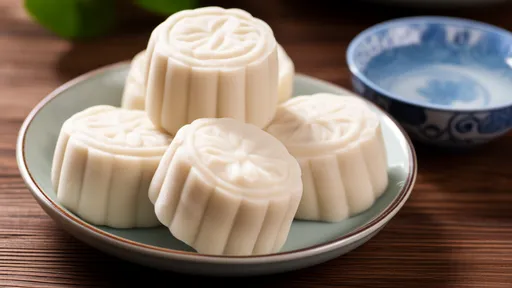
By /Jul 31, 2025
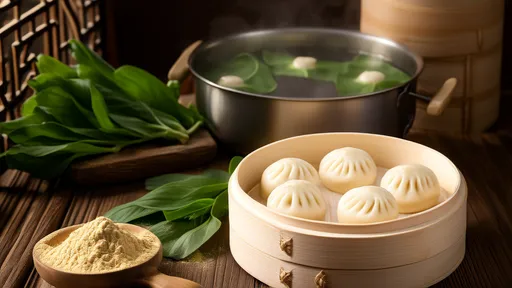
By /Jul 31, 2025

By /Jul 31, 2025
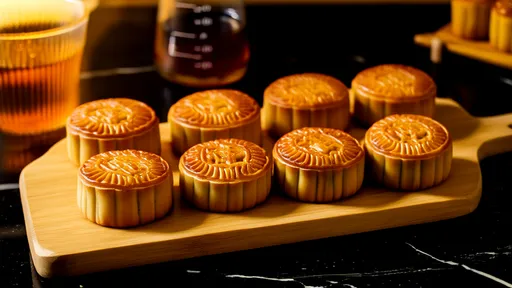
By /Jul 31, 2025
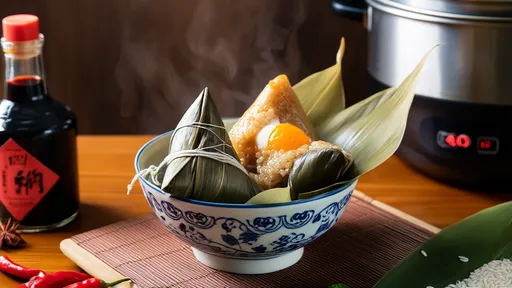
By /Jul 31, 2025
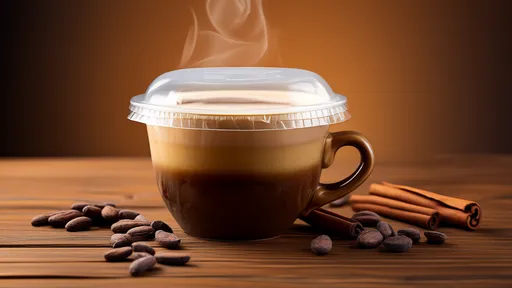
By /Jul 31, 2025

By /Jul 31, 2025
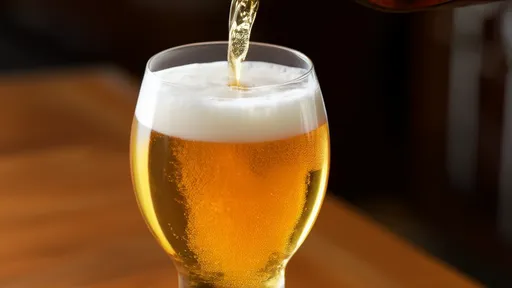
By /Jul 31, 2025
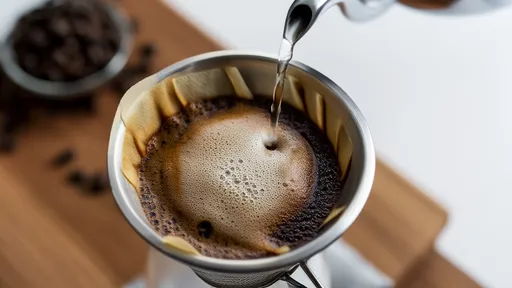
By /Jul 31, 2025
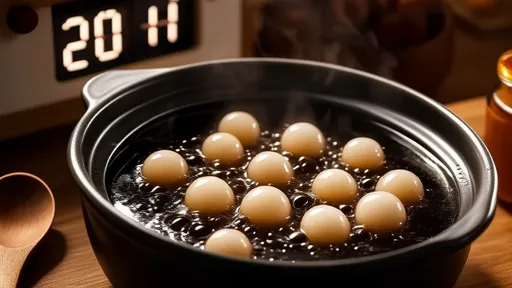
By /Jul 31, 2025
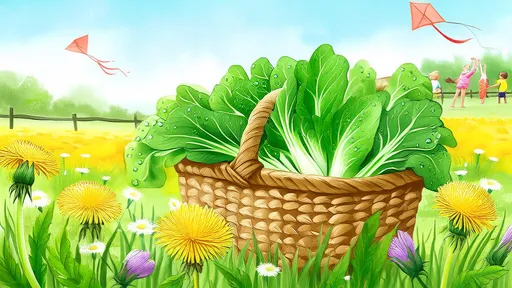
By /Jul 31, 2025
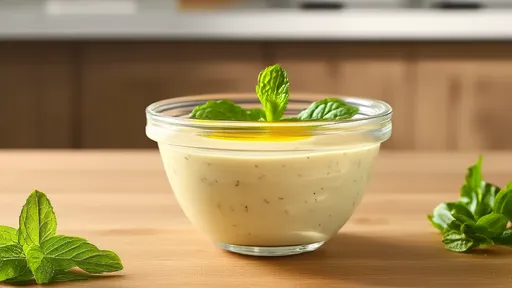
By /Jul 31, 2025

By /Jul 31, 2025

By /Jul 31, 2025
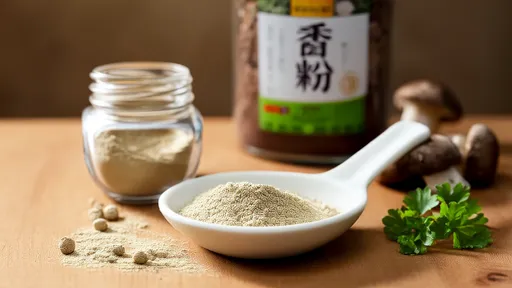
By /Jul 31, 2025
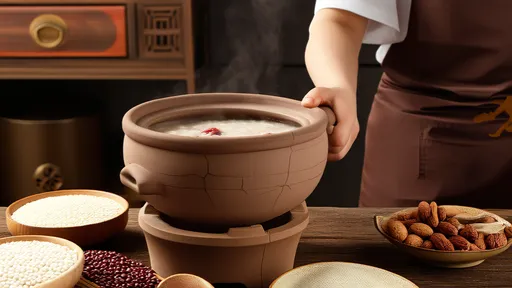
By /Jul 31, 2025
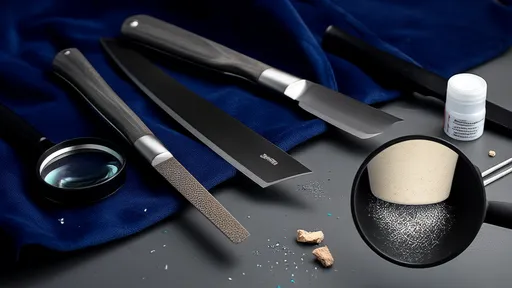
By /Jul 31, 2025
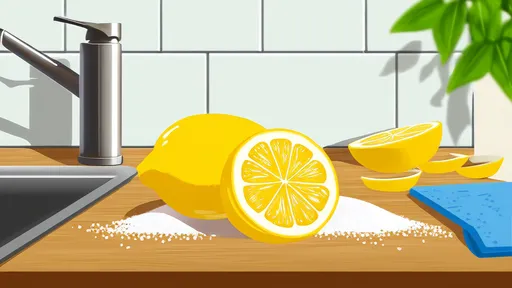
By /Jul 31, 2025
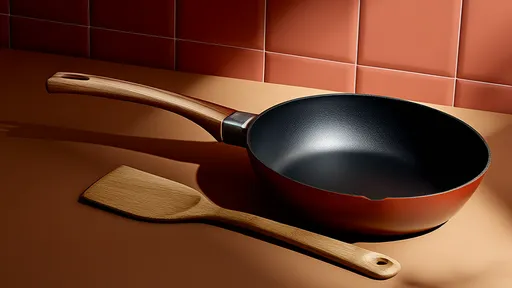
By /Jul 31, 2025
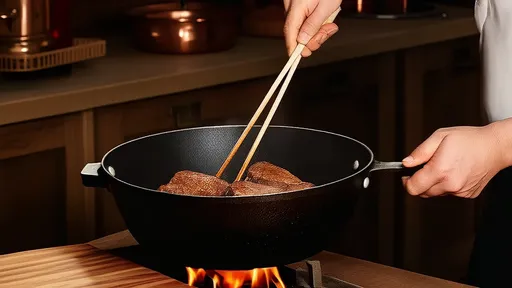
By /Jul 31, 2025